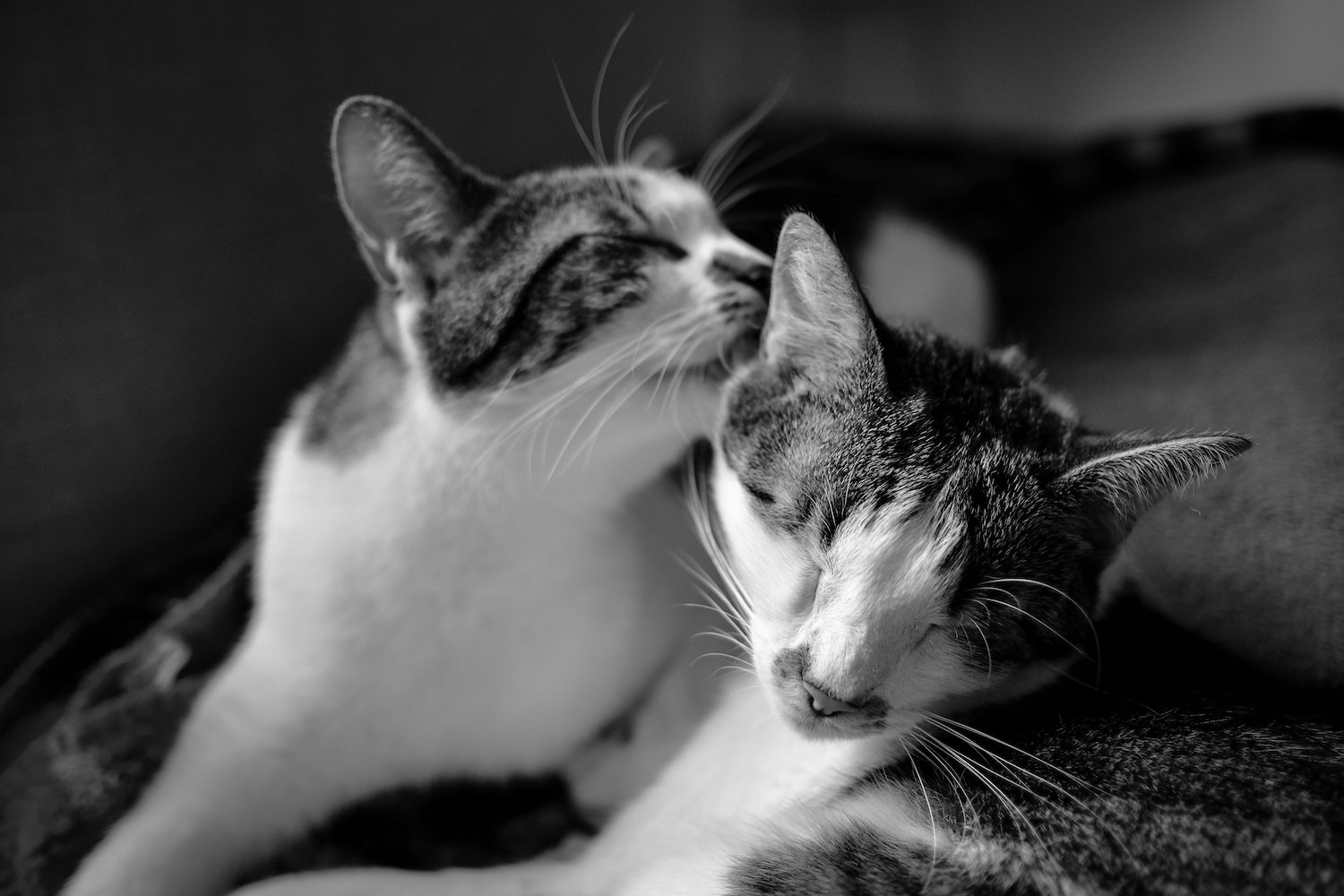
How do I know if my cat’s in pain? Unfortunately, our cats can’t speak up and tell us when they’re uncomfortable, but there are subtle signs that can clue you in — as long as you know what you’re looking for.
We’ll look at what might cause your cat to be in pain, what symptoms to look out for, and what you can do to help if they aren’t feeling their best. You’re your cat’s number-one ally and advocate, after all.
What Causes Pain in Cats?
Cats experience pain the same way we do — the activation of specialized pain receptors throughout their bodies. While pain is regularly perceived as bad, it serves an important purpose; pain is a protective response that warns that something is wrong.
Pain can be either acute (short-term) or chronic (long-term). Examples of acute pain are a broken bone or a urinary tract infection, while chronic pain includes health issues like arthritis.
While the pain may feel different in every situation we mentioned, it all works the same — the affected pain receptors recognize a problem and send warning signals to the central nervous system via the nerves. Think of it like the body waving a red flag, doing what it can to alert the brain that a problem needs to be addressed.
But pain is so much more than just a physical sensation. Although we can’t talk to our cats about it, pain is also an emotional experience. How do you feel when you’re in pain? Do you want to be around people, or would you rather everyone just leave you alone?
Cats likely go through the same range of emotions, leading to behavioral changes that can help us better detect when they’re in pain.
What Are Signs My Cat Is in Pain?
How do I know if my cat’s in pain? Your cat can’t rate their pain on a scale of one to 10, but they show signs that something is happening that they can’t tell you about.
Look out for the following signs of pain, which should trigger you to schedule an appointment with your veterinarian as soon as possible.
Behavior Changes
One of the first ways your cat will show signs of pain is through behavioral changes, which is why it’s crucial to know your cat’s baseline. For example, a cat that is usually friendly and loves to spend the day curled up on your lap may start to spend more time alone or even hide from you.
Another pain-related behavioral change that can be easily overlooked is overgrooming, especially if your cat seems to be paying extra attention to one specific area. Overgrooming a leg or a spot on their back could mean pain in that region. Constantly licking at their genitals could indicate a urinary tract or anal gland issue.
A change in vocalization can also be a hint, as there is a lot we can learn about our cats by listening to the noises they make and paying attention to when they make them. Vocalizing is one of the best forms of communication cats have to be able to talk to their pet parents.
Each type of noise they make — purring, meowing, hissing, growling, etc. — tells us something different. In particular, yowling is frequently used to express pain. Some cats may also hiss when touched or even when they groom themselves, especially if there is a painful spot.





